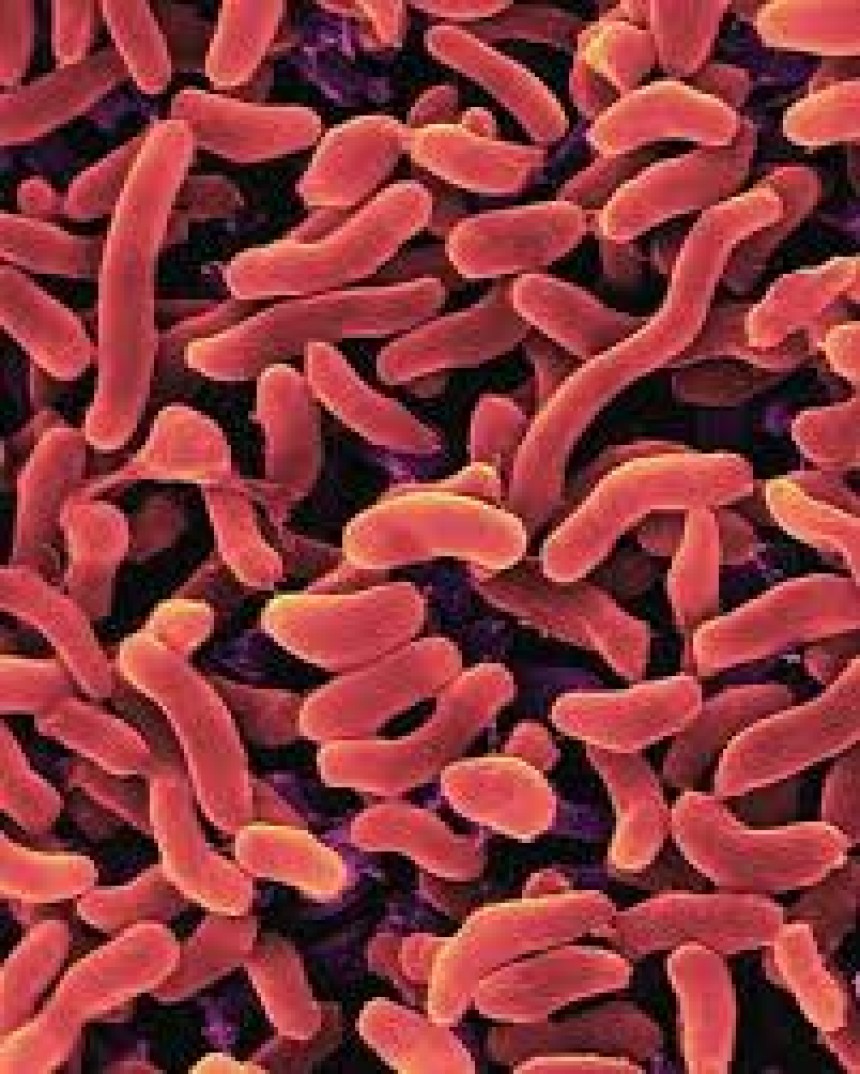
Living on the Edge: How Cells Survive in Extreme Environments through Osmosis and ActiveTransport
Cells can survive in extreme environments including in the polar and deserts by osmosis and active transport by adapting their internal environment to maintain proper functioning despite challenging external conditions.
Osmosis
Osmosis is the passive movement of solvent (water) across a semipermeable membrane from high concentration to low concentration solvent moves.
In environments with high concentrations of salts or other solutes, water may move out of the cell, potentially causing dehydration and cell shrinkage (plasmolysis).
A halophile (salt-loving) is an extremophile that thrives in high salt concentrations. High salt represents an extreme environment in which relatively few organisms have been able to adapt and survive. Most halophilic expend energy to exclude salt from their cytoplasm to avoid protein aggregation. To survive the high salt, halophiles use two differing strategies to prevent desiccation through the osmotic movement of water out of their cytoplasm. One of the strategies employed by some archaea, the organism accumulates organic compounds in the cytoplasm. Osmoprotectants are known as compatible solutes. These can be either synthesized or accumulated from the environment.
Active Transport
Active Transport is the movement of particles through a cell membrane from a region of lower concentration to a region of higher concentration, using energy from respiration (Adenosine Triphosphate). Active transport is crucial in extreme environments where cells need to maintain specific internal concentrations of ions or nutrients different from their external environment.
Nutrient Uptake, extreme environments often have limited nutrients. Cells use active transport to accumulate essential nutrients like amino acids or sugars from the environment, even when their concentration is low.
Archaea in Hot Springs, Thermophilic archaea survive in hot springs with temperatures above 70°C. They use specialized membrane proteins that are stable at high temperatures and maintain ion gradients necessary for their survival. Bacteria in Acidic Environments, Acidophilic bacteria like to live in highly acidic environments. They maintain an internal pH close to neutral using proton pumps to expel excess protons and maintain metabolic processes.
-I Love Biology Class- 😊




